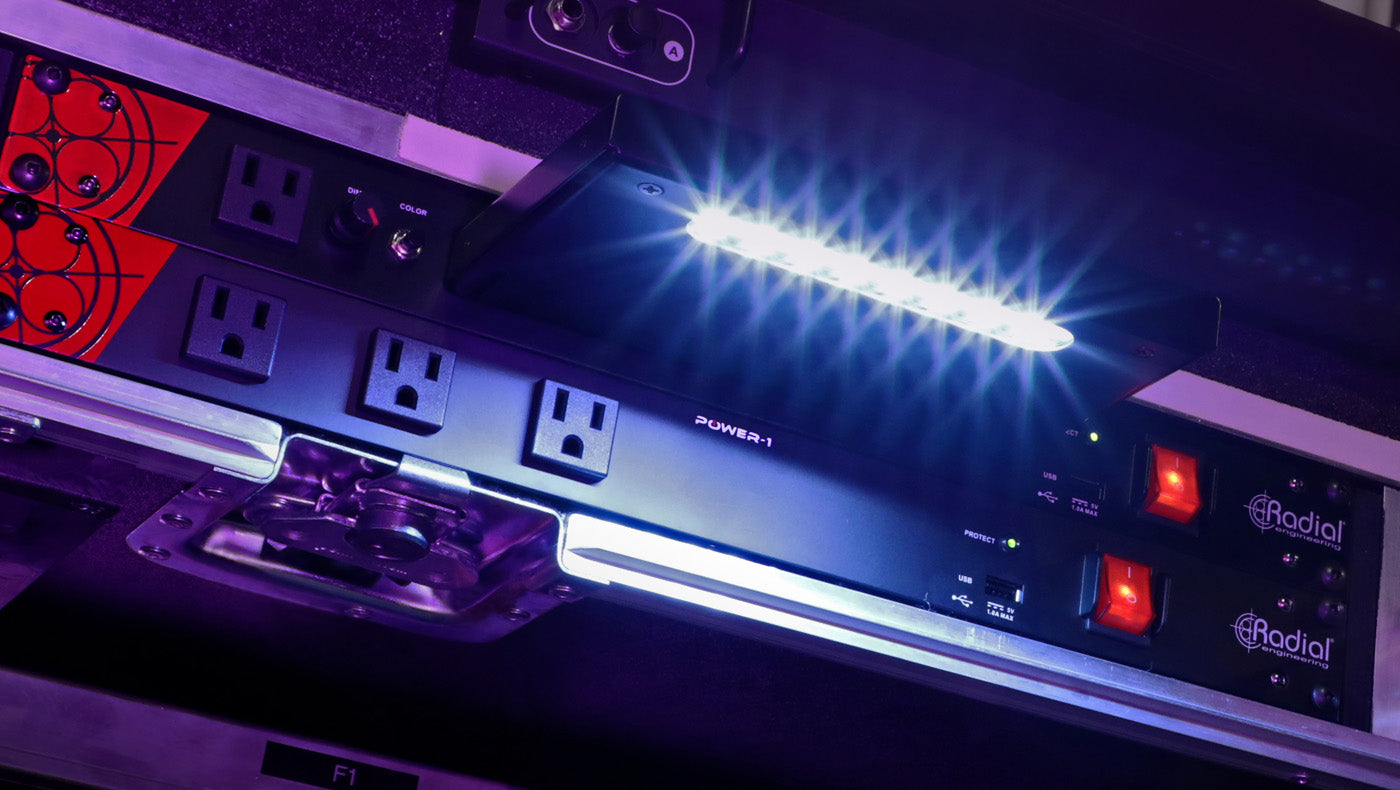- Compression
- Expansion
- Limiting
- Gating
 As you can see here, sound above the threshold gets turned down, and sound at or below the threshold gets left alone. Here is what these two examples sound like:
So if you wanted compression to start working at a lower level, you might turn down the threshold to -20dB. If you wanted it to only affect the loudest peaks, you might turn it up to -5dB. Turning it down to -40dB makes for radical compression, often called “squashing”, and sounds like this:
The ratio knob is the one I get the most questions on. While the threshold sets a “ceiling” at which compression begins, the ratio is what that ceiling is “made out of”. A ratio of 1:1 is basically off--no compression. 1.3:1 is like a paper ceiling. 1.5:1 is like cardboard. 2:1 is like a rubber ceiling--stiffening, but still quite pliable, so much of the peaks still fairly get through, only being turned down a little. Now 4:1 is like 1/2" plywood. Not much give, but still bendable. 8:1 is like a ceiling made of 2X4’s--not much gets through it. Go up a little higher and it’s a brick ceiling, taking a huge peak to get even a little bit over the threshold point. Turn it all the way up to ∞:1 and you have a 100’ thick iron ceiling, where nothing will ever get louder than the threshold setting, and that is called “Limiting”.
It’s absolute compression with an absolute solid limit at the threshold. So if it’s set at -10dB, that’s the most volume you will get no matter how loud the incoming signal becomes. When compressing, especially at lower thresholds and/or higher ratios, a “makeup gain” knob is provided so you can get back the overall volume you’ve lost to compression. Set it so the compressed signal is the same volume as the bypassed (original) sound. The attack control sets how long the compressor “waits” before turning the signal down. Take drums for example. A longer attack setting will delay the compressor from kicking in long enough to let the initial smack or tick of the drum stick or bass beater to come through before the actual drum resonance sounds. That’s what gives you that nice “click” or “tick” sound when a drum is first hit.
The release control is used to delay the compressor from stopping working after the signal falls back below the threshold. Higher settings here will make the compressor “ease” the volume back up slower, rather than suddenly. A great way to “smooth out” the sound of compression. Expansion Expansion is the exact opposite of compression. It takes a signal with little difference between loud and soft, and turns down the quiet sounds quieter, and makes the loud peaks louder. It works much like a compressor, just in reverse. Limiting We already hit on this one in “compression”. It’s an absolute hard limit at the threshold. If set to -2dB, no signal will ever reach even -1dB, much less 0. This is handy for making a track as loud as it can be, but without clipping or distorting the input to a mixer or recorder. Gating This is a slightly different animal from the others in that it only focuses on what happens when audio gets quiet. Good examples are putting gates on all of the mics on a drumset and setting the threshold to where the drum a particular mic is on gets hit, it opens the gate, thus turning on the sound until the drum fades below the threshold when the gate closes and shuts that mic off. With the proper settings, this can make all of the other drums too weak (far away) from this mic to break through the gate threshold and therefore helps prevent every mic on the kit from picking up every other drum too. It isolates things by only letting the strongest signal, the thing you are mic’ing come through, and all others don’t, especially that “way-too-loud” guitarist next to you ;-). This is great for recording and live as each mic only picks up the instrument it’s in front of, and not every mic picking up every other instrument on stage or in the studio, especially when an instrument isn’t being played. Less guitar in your drum tracks, little drums in your guitars, etc...
In conclusion, controlling dynamics in the audio world is just as important as musicians playing louder and softer adding to the emotional appeal to the music. I hope this helps you to understand how and why dynamics processing can be very useful in most audio applications.
As you can see here, sound above the threshold gets turned down, and sound at or below the threshold gets left alone. Here is what these two examples sound like:
So if you wanted compression to start working at a lower level, you might turn down the threshold to -20dB. If you wanted it to only affect the loudest peaks, you might turn it up to -5dB. Turning it down to -40dB makes for radical compression, often called “squashing”, and sounds like this:
The ratio knob is the one I get the most questions on. While the threshold sets a “ceiling” at which compression begins, the ratio is what that ceiling is “made out of”. A ratio of 1:1 is basically off--no compression. 1.3:1 is like a paper ceiling. 1.5:1 is like cardboard. 2:1 is like a rubber ceiling--stiffening, but still quite pliable, so much of the peaks still fairly get through, only being turned down a little. Now 4:1 is like 1/2" plywood. Not much give, but still bendable. 8:1 is like a ceiling made of 2X4’s--not much gets through it. Go up a little higher and it’s a brick ceiling, taking a huge peak to get even a little bit over the threshold point. Turn it all the way up to ∞:1 and you have a 100’ thick iron ceiling, where nothing will ever get louder than the threshold setting, and that is called “Limiting”.
It’s absolute compression with an absolute solid limit at the threshold. So if it’s set at -10dB, that’s the most volume you will get no matter how loud the incoming signal becomes. When compressing, especially at lower thresholds and/or higher ratios, a “makeup gain” knob is provided so you can get back the overall volume you’ve lost to compression. Set it so the compressed signal is the same volume as the bypassed (original) sound. The attack control sets how long the compressor “waits” before turning the signal down. Take drums for example. A longer attack setting will delay the compressor from kicking in long enough to let the initial smack or tick of the drum stick or bass beater to come through before the actual drum resonance sounds. That’s what gives you that nice “click” or “tick” sound when a drum is first hit.
The release control is used to delay the compressor from stopping working after the signal falls back below the threshold. Higher settings here will make the compressor “ease” the volume back up slower, rather than suddenly. A great way to “smooth out” the sound of compression. Expansion Expansion is the exact opposite of compression. It takes a signal with little difference between loud and soft, and turns down the quiet sounds quieter, and makes the loud peaks louder. It works much like a compressor, just in reverse. Limiting We already hit on this one in “compression”. It’s an absolute hard limit at the threshold. If set to -2dB, no signal will ever reach even -1dB, much less 0. This is handy for making a track as loud as it can be, but without clipping or distorting the input to a mixer or recorder. Gating This is a slightly different animal from the others in that it only focuses on what happens when audio gets quiet. Good examples are putting gates on all of the mics on a drumset and setting the threshold to where the drum a particular mic is on gets hit, it opens the gate, thus turning on the sound until the drum fades below the threshold when the gate closes and shuts that mic off. With the proper settings, this can make all of the other drums too weak (far away) from this mic to break through the gate threshold and therefore helps prevent every mic on the kit from picking up every other drum too. It isolates things by only letting the strongest signal, the thing you are mic’ing come through, and all others don’t, especially that “way-too-loud” guitarist next to you ;-). This is great for recording and live as each mic only picks up the instrument it’s in front of, and not every mic picking up every other instrument on stage or in the studio, especially when an instrument isn’t being played. Less guitar in your drum tracks, little drums in your guitars, etc...
In conclusion, controlling dynamics in the audio world is just as important as musicians playing louder and softer adding to the emotional appeal to the music. I hope this helps you to understand how and why dynamics processing can be very useful in most audio applications.
Related Links:
Pixel Pro Audio Product Pages:
- NEW Compressors & Dynamics
- USED Compressors & Dynamics
- Tonelux TX5C 500 Series Compressor
- FMR Audio Really Nice Levelling Amplifier (RNLA)
- FMR Audio PBC-6A
Pixel Pro Audio Social Media Sites
Products Used for Recording Examples
A Blue Microphones Baby Bottle was used for the voice recording in example #1. Compression was accomplished using an Alesis 3632 Compressor and an FMR Audio RNC. Recording was done utilizing a MOTU 828 mk3 Hybrid audio interface with Digital Performer 8 software.
About the Author
Patrick Smolinksi is a recording industry veteran with over 15 years of pro audio retail sales experience, over 11 years of running his own recording studio in central Wisconsin, and is a multi-instrumentalist playing all of the instruments on songwriter demos. Pat is a musician at heart and has also found himself playing gigs with several bands over the past 30 years. He loves his twins, the Packers, music, and pro audio gear.


